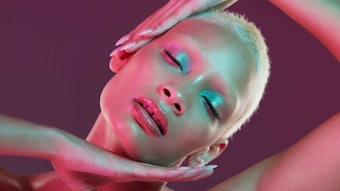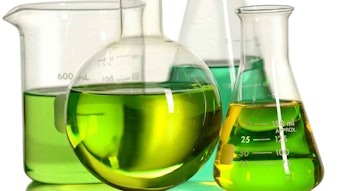Natural fragrance companies are often interested in the olfactory impact that plant extracts can have for the design of new facets of fragrances. The hydrodistillation of plants yields essential oils characterized by molecules with relatively high volatility that often are used for the top and middle notes—the two most volatile fractions—of a fragrance. Traditional aromatherapy has claimed that essential oils have activity on the skin but only recently has research substantiated that essential oils can act as actives in cosmetic products. For example, the most recognized use of essential oils has been for antimicrobial activity against Propionibacterium acnes1 or Malassezia furfur2 for acne and anti-dandruff applications. Moreover, studies have highlighted the use of essential oils as potential anti-inflammatory and antioxidant agents. 3, 4
To measure the antioxidant ability of essential oils, experiments must be carefully designed, as demonstrated by the work of Zhao5 and by the author, described here,6 since the design obviously affects the outcome. For example, whereas some work has reported on the antioxidant activity of essential oils, work by the author has shown that only essential oils having a high quantity of phenolic molecules, such as eugenol and thymol, can act as efficiently as the well-established free radical scavengers BHT and vitamin E. Extraction from plants by volatile solvents yields an absolute that captures volatile notes as well as molecules with sustainable odor, which contribute to the heart and bottom note of a fragrance.










